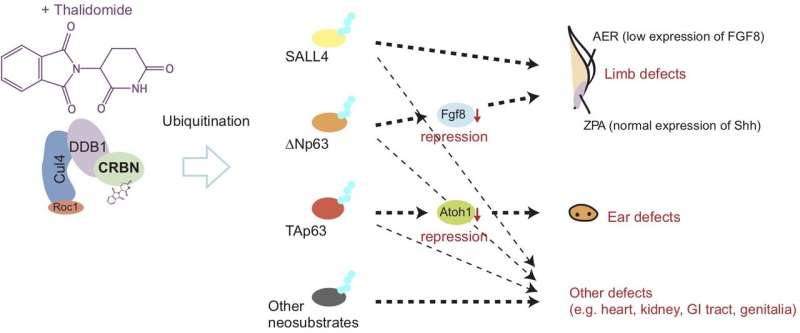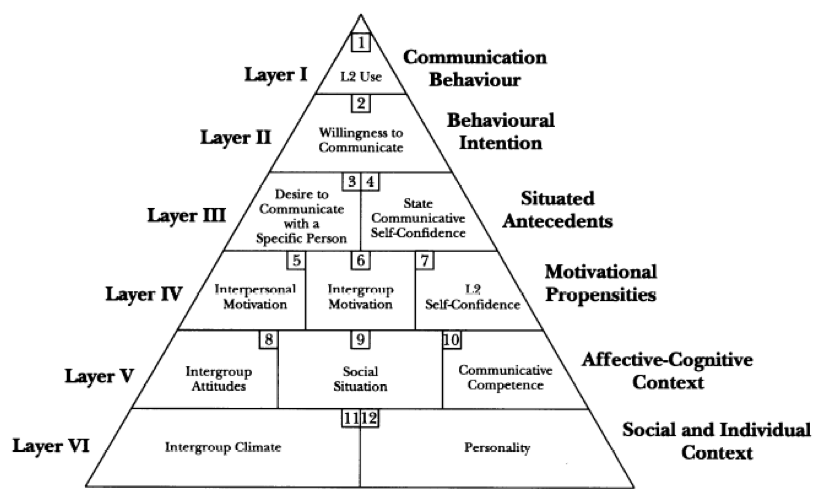

What are the variables which are determined before X is determined and which exert effects on X?.In order to impose such hierarchy, the following questions need be addressed (please note the references to the time-order): Please note how the philosophy of inference differs from the philosophy of prediction here: in inference, we are always interested in the relationship between two individual variables by contrast, prediction is about projecting the value of one variable given an undefined set of predictors. A “hierarchy” has to due with the time-order and logical derivation of the variables along the path that connects the target explanatory variable X and thedependent variable Y. However, a causal model does not need be a theory but can be any map that imposes a hierarchy between variables. In the social sciences, a causal model is often a theory grounded in some high-level interpretation of human behavior. To move from a static representation to a dynamic interpretation of the relationships in the data, we need a causal model. Similarly, the multivariate coefficient c represents the variation in Y which is uniquely explained by Z. In fact, the coefficient b in the multivariate regression only represents the portion of the variation in Y which is uniquely explained by X. Without a causal model of the relationships between the variables, it is always unwarranted to interpret any of the relationships as causal.
Adding complexity to a model does not “increase” the size of the covariation regions but only dictates which parts of them are used to calculate the regression coefficients. Regression is just a mathematical map of the static relationships between the variables in a dataset. This leads us to the second and most important takeaway from the Venn diagram. In this case, almost never a practical possibility, the regression coefficient b in the bivariate regression Ŷ = a + bX is the same to the coefficient of the multivariate regression Ŷ = a+ bX + cZ. The equality condition holds when (Y⋂Z)⋂X = ∅, which requires X and Z to be uncorrelated. First of all, the total variation in Y which is explained by the two regressors b and c is not a sum of the total correlations ρ(Y,X) and ρ(Y,Z) but is equal or less than that. There are two important takeaways from this graphic illustration of regression.

Venn Diagram Representation of Multivariate Regression Often times, the regressors that are selected do not hinge on a causal model and therefore their explanatory power is specific to the particular training dataset and cannot be easily generalized to other datasets. Algorithms such as stepwise regression automate the process of selecting regressors to boost the predictive power of a model but do that at the expense of “portability”. This is fine - or somewhat fine, as we shall see - if our goal is to predict the value of the dependent variable but not if our goal is to make claims on the relationships between the independent variables and the dependent variable. Unfortunately, it is tempting to start adding regressors to a regression model to explain more of the variation in the dependent variable. The usual way we interpret it is that “Y changes by b units for each one-unit increase in X and holding Z constant”. In the simple multivariate regression model Ŷ = a + bX + cZ, the coefficient b = ∂(Y|Z)/∂X represents the conditional or partial correlation between Y and X. Multivariate coefficients reveal the conditional relationship between Y and X, that is, the residual correlation of the two variables once the correlation between Y and the other regressors have been partialled out. Multivariate regression is a whole different world. The coefficient b reveals the same information of the coefficient of correlation r(Y,X) and captures the unconditional relationship ∂Ŷ/∂X between Y and X. To see that, let’s consider the bivariate regression model Ŷ = a + bX. In fact, regression never reveals the causal relationships between variables but only disentangles the structure of the correlations. However, understanding the math is necessary but not sufficient to interpret regression outputs appropriately. Because the statistics behind regression is pretty straightforward, it encourages newcomers to hit the run button before making sure to have a causal model for their data. Regression is the most widely implemented statistical tool in the social sciences and readily available in most off-the-shelf software.


 0 kommentar(er)
0 kommentar(er)
